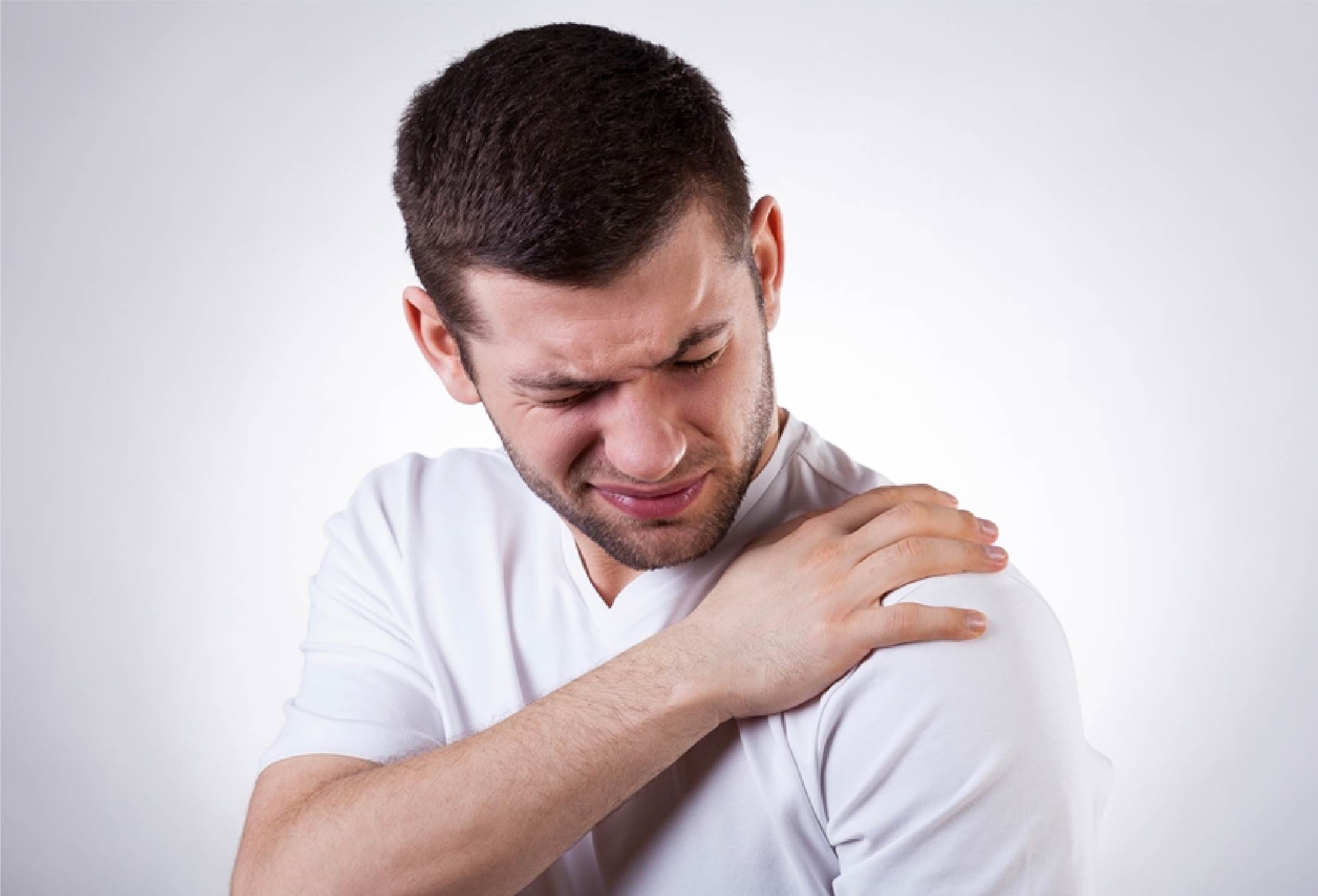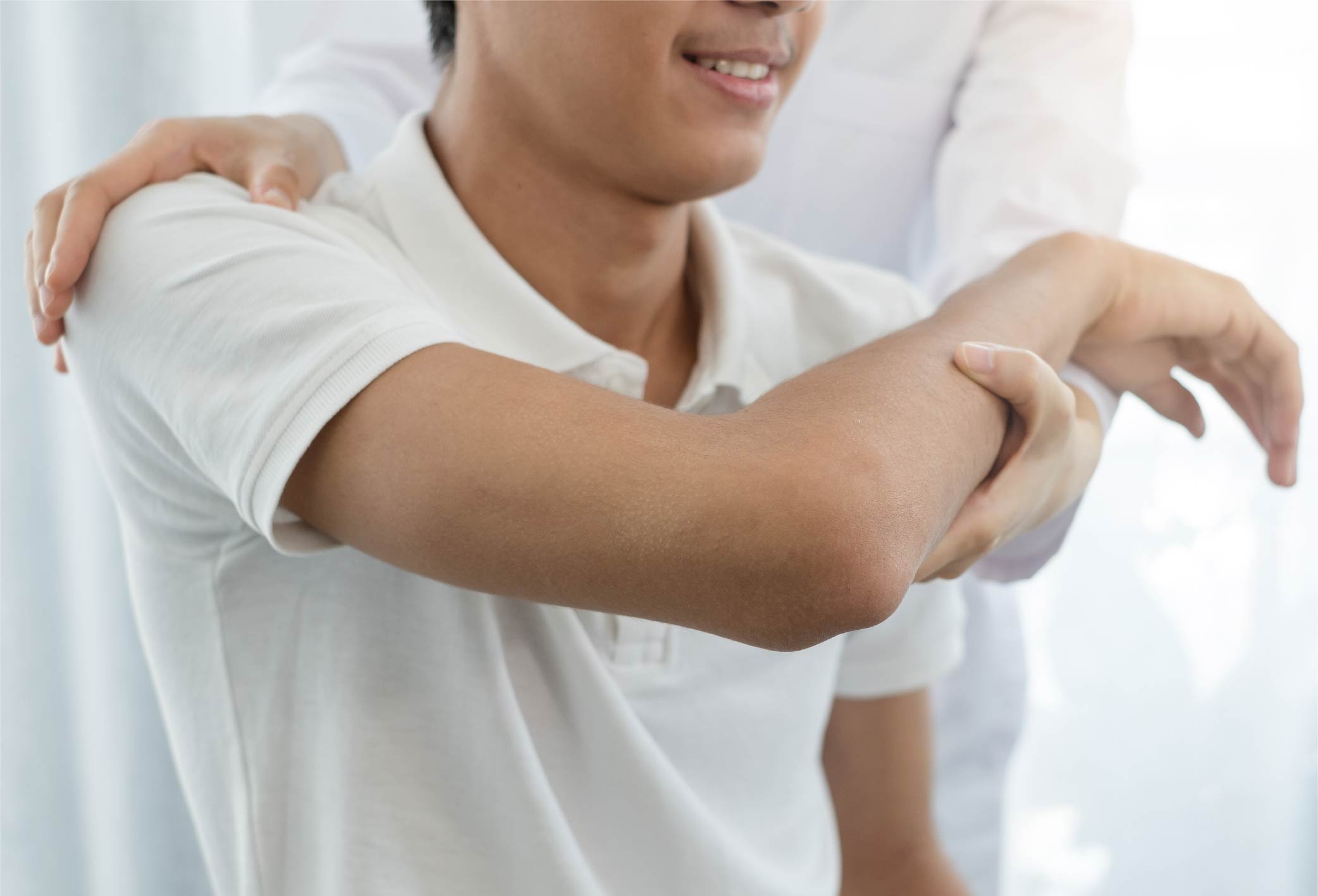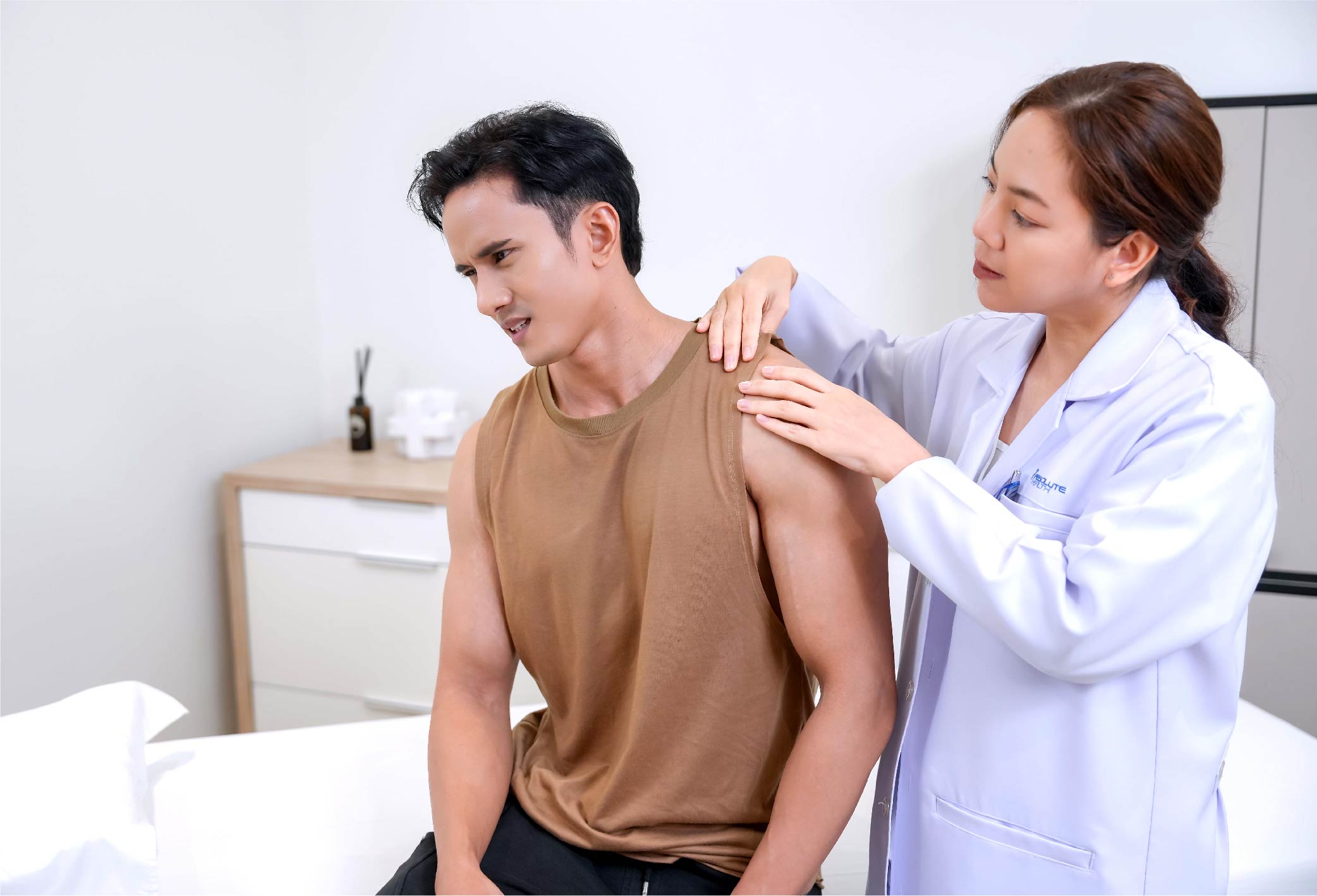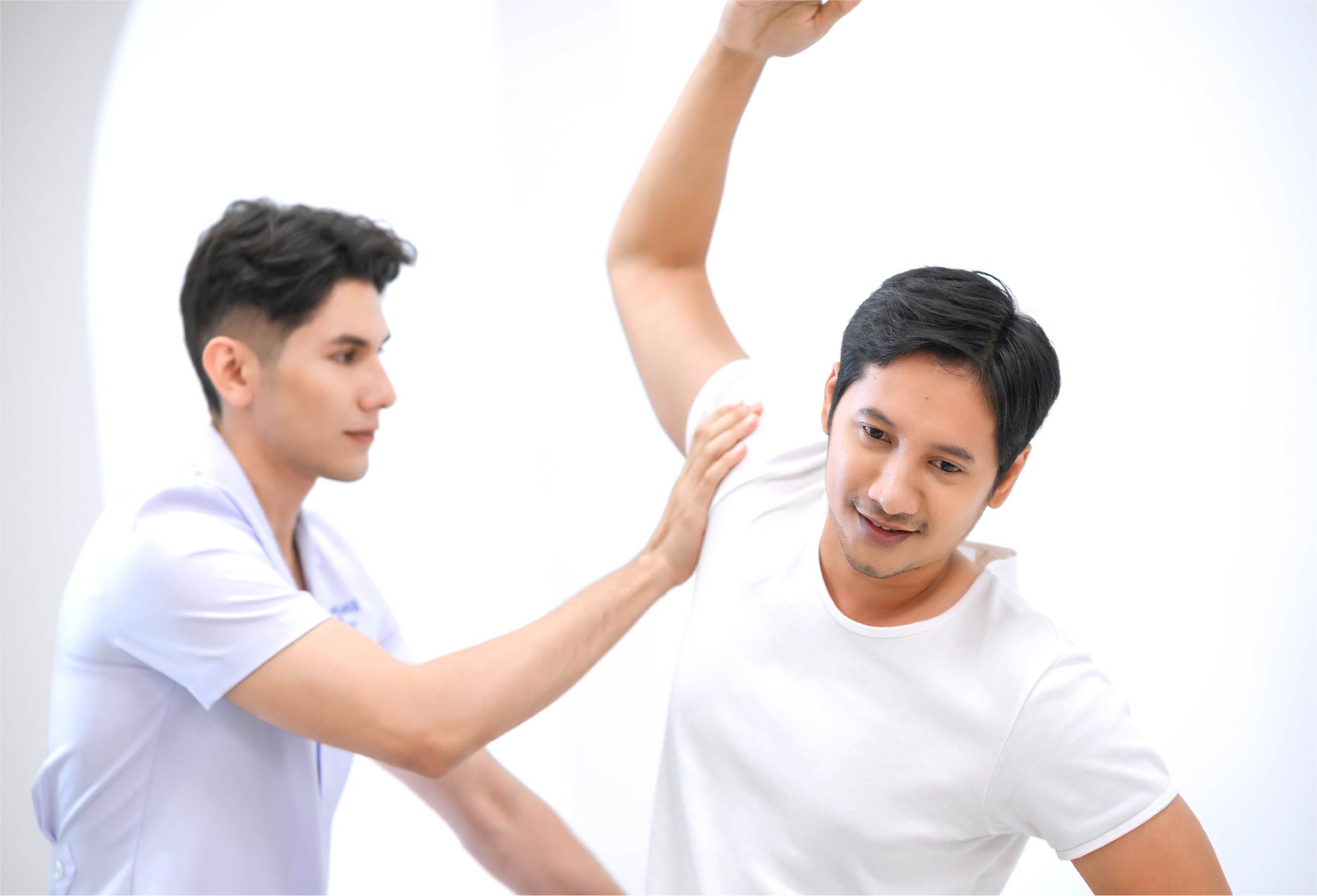Common Questions About Shoulder Tendonitis

Q: What causes shoulder tendonitis?
A: Shoulder tendonitis can result from both overuse and degeneration. Causes can be categorized by age:
- In younger individuals, injuries often stem from sports that require overhead arm movements, such as swimming, badminton, weightlifting, and basketball. Repetitive shoulder activity in occupations like painting or window cleaning is also a significant cause.
- In older adults, shoulder tendonitis is usually caused by age-related degeneration, particularly in individuals who previously overused their shoulders.

Q: What are the symptoms?
A: Common symptoms include:
- Pain around the shoulder tendons
- Joint stiffness or frozen shoulder
- Limited arm mobility (e.g., difficulty lifting the arm, raising it overhead, or extending sideways)
- Pain when lying on the affected shoulder
- Difficulty performing daily tasks that require shoulder movement, such as dressing, brushing hair, or reaching for items

Q: How is it diagnosed and treated?
A: Physicians will take a detailed medical history, conduct a physical examination, and may order X-rays or MRI scans. Treatment involves a combination of physical therapy and integrative regenerative medicine, targeting the exact causewhether inflammation, tendon tears, or scar tissue (adhesions).
Physical Therapy and Cellular-Level Regeneration
Gaikota provides therapies that focus on pain relief, tissue healing, and improved joint mobility, including:
- Peripheral Magnetic Stimulation (PMS):
Enhances blood circulation, restores nervous system function, and reduces chronic pain. - Shock Wave Therapy:
Sends acoustic waves to the affected area, stimulating tissue repair and promoting natural pain-relieving chemicals in the body. - High Power Laser Therapy:
Reduces muscle tension, tissue inflammation, and accelerates recovery from musculoskeletal conditions. - Joint Mobilization:
Involves gentle joint movements to relieve stiffness and restore mobility. - Ultrasound Therapy:
Helps reduce pain, promotes tissue healing, and improves joint flexibility in deeper layers. - Therapeutic Exercise Guidance:
Includes personalized instructions for stretching and strengthening exercises.
Offers individualized dietary advice and vitamin supplementation to support healing.

Integrative Regenerative Medicine
To accelerate healing at the cellular level, the following treatments may be used (as deemed appropriate by the physician):
- Prolotherapy:
Stimulates a mild inflammatory response to trigger tissue repair in joints, tendons, and muscles. - Platelet-Rich Plasma (PRP) Injections:
Uses a small amount of the patients blood to extract plasma and concentrated platelets rich in growth factors, which are injected into the affected area to promote healing and tissue regeneration. - Biological Peptide Injections (Nucleic Acid):
Supports cell repair and regeneration. - Cell Therapy:
Injects regenerative cells or their components to replace or restore damaged tissues.
These methods aim to strengthen tendons and soft tissue, making them core strategies in Gaikotas integrative treatment plan.

Note: Although shoulder tendonitis is not considered a serious illness, it can significantly disrupt daily activities. Ignoring early symptoms may lead to long-term discomfort and limited function. Therefore, even minor symptoms should not be overlooked.
.........................


